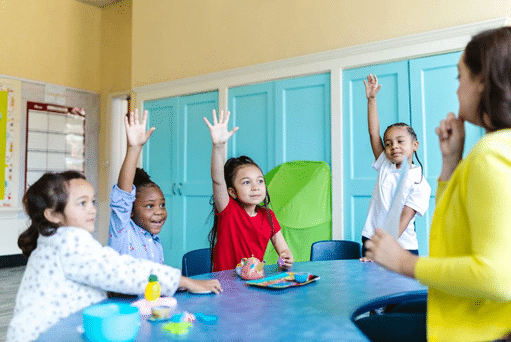The Best Methods for Teaching Reading in Kindergarten

Reading is one of the most important skills children need to learn in school. Reading gives them knowledge about the world and helps them learn about subjects such as science and history. It also helps them with their future studies and career options. As such, teaching how to read is one of the most important subjects in the earlier grades. In fact, it’s one of the first subjects children learn. Reading is foundational, and it’s one of the first skills children begin learning. In order to teach how to read, you must make sure your students have the tools they need. Different methods can be used to help children become better readers. This article explores the best methods for teaching reading in kindergarten.
Teach Phonics
Phonics is one of the best methods for teaching in kindergarten. Even if a child learns to read words by sight, they still need to know how to use phonics. Phonics teaches children about how words are pronounced and what the word’s letters sound like. Even if children learn to decode words by sight, they still need to know how to use phonics, which teach them about how words are pronounced and what the words’ letters sound like. For example, “K-I-T” is pronounced as “kit,” while “C-A-T” is pronounced as “cat.” After they learn these rules, children can figure out which letter corresponds with each sound, so they can read any word correctly.
Help Kindergarten students Build Their Vocabulary
One of the best ways to teach reading is by helping children build their own vocabulary. A large vocabulary leads to a better comprehension and proficiency in all language arts skills—not just reading, but also writing and spelling. Children need to know at least 5,000 words before they start kindergarten, experts say. It’s important for kindergarten teachers to focus on teaching their students new words and expanding their vocabulary. This can be done through games that use word cards or through word work activities. In this way, children will learn new words with meaning and context as they play these games or complete these activities.
Teach Sentence Repetition
One way to teach children how to read is by using sentence repetition. With this method, children repeat sentences as they are read. The sentences should be short and simple at first. As students get better at repeating the sentences, the sentences can get more complex. This may take a little practice on their part but it is worth it in the long-run. In order to teach reading, you need to know what methods work best for your students. Some people might find sentence repetition more helpful than others so you’ll want to experiment with different methods until you find one that works for your class.
Give Fluent Reading Practice
The fluency of a reader depends on how quickly, smoothly, and accurately they read. The more fluent the reading is, the easier it will be for the student to comprehend what they are reading. Fluent readers can use context clues to figure out unfamiliar words and comprehend what they are reading without having to rely on their teacher or parent. One of the best methods for teaching how to read in kindergarten is giving your students fluent reading practice. Letting them read books out loud to you while you follow along with the text helps develop this ability. This type of fluent reading practice also allows them to get feedback on their pronunciation, which can help them improve as a reader. For example, telling your students when they mispronounce a word, or when they don't read fluently enough can be very helpful in improving their skills.
Have Daily Reading Rituals
The biggest thing you can do to help your students become better readers is have reading rituals in your classroom. Reading to students is one of the best methods to teach them how to read. As such, it should be a daily ritual at school and home. In order to have a successful reading ritual, you must make sure that the book or story is appropriate for the age group and skill level of the reader. For kindergarteners, books with simple sentences are typically best.
Conclusion
Reading is a critical skill. The best methods for teaching reading in kindergarten are to help the students build their vocabulary, teach sentence repetition, give fluent reading practice and have daily reading rituals. These methods will help them to read better, because with every new word they learn, students are also learning new sounds and building their fluency. This is why it is important to teach these methods to kindergarten students.
Start Teaching Reading for Free Now!
Access Level 1’s four interactive stories and the accompanying supplemental resources to teach elementary students how to read. No credit card is needed. Join the 42,635 teachers and students using our reading program.






 The importance of teaching phonics to children is often overlooked, but it is very important as it helps them learn to read. By teaching them phonics, kids will learn how to pronounce, sound out, and blend the sounds of language. This will let them read out loud in public and spell out new words on their own.
The importance of teaching phonics to children is often overlooked, but it is very important as it helps them learn to read. By teaching them phonics, kids will learn how to pronounce, sound out, and blend the sounds of language. This will let them read out loud in public and spell out new words on their own.













